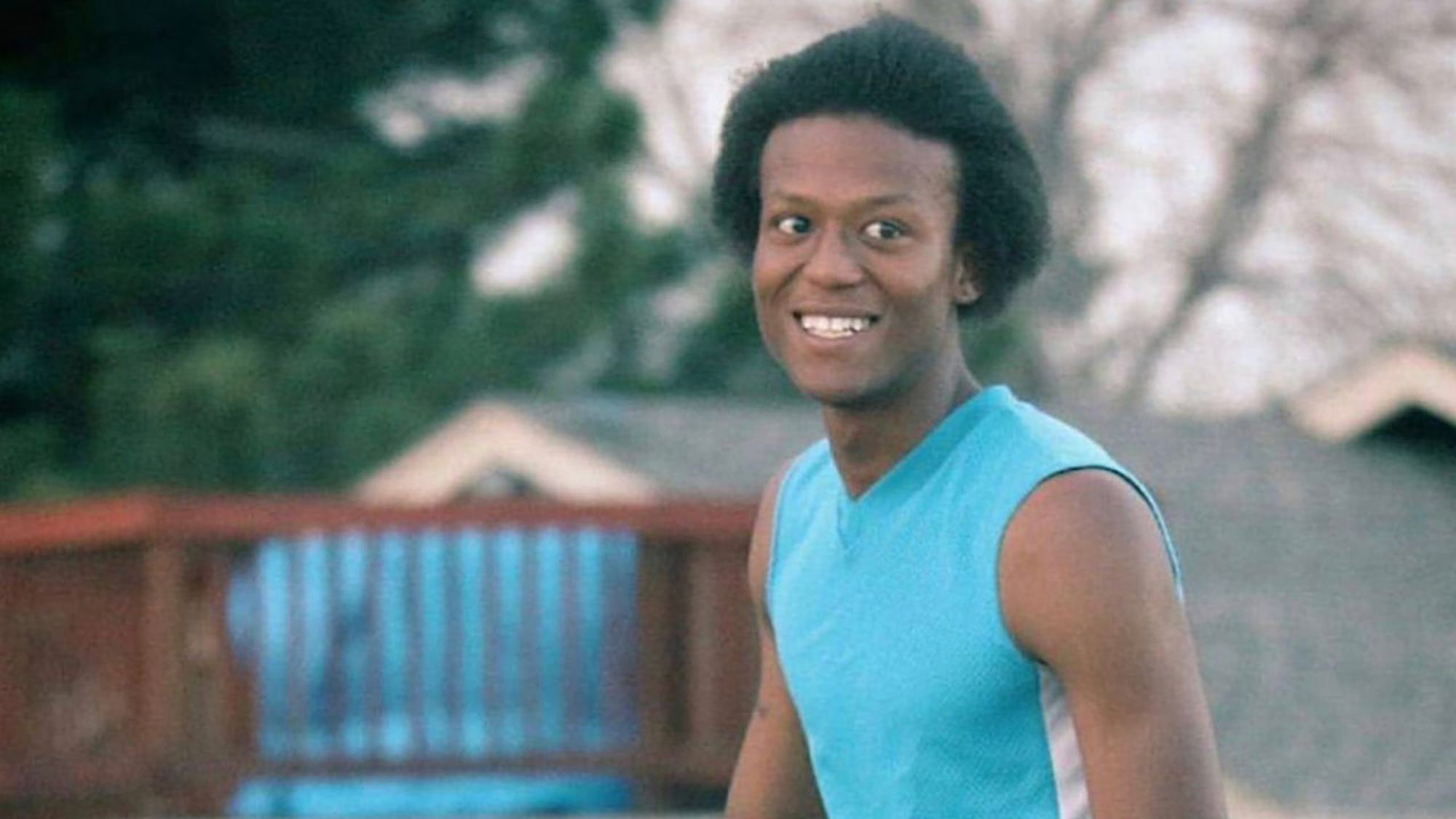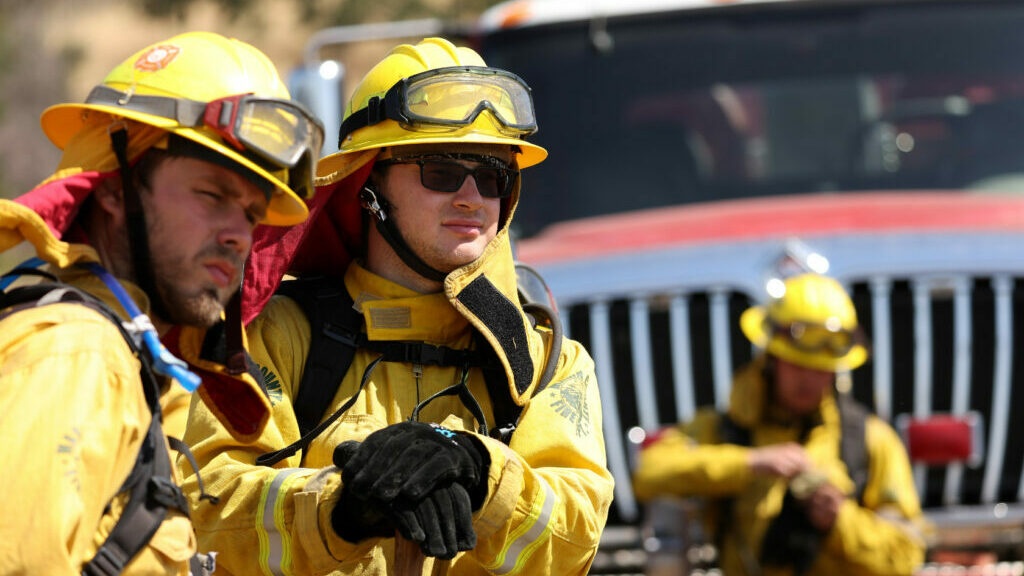Peter A Derow Discusses the Importance of Strength Training for Experienced Rowers

The majority of rowers tend to focus on improving endurance and technique on the water during ‘on-water’ rowing season. Even though these components of training are important for rowers, an aspect that often gets overlooked is strength and resistance training. As Peter A Derow mentions, incorporating targeted strength workouts in the training would help rowers to enhance their performance, improve erg scores and row faster.
Peter A Derow underlines the importance of strength training for experienced rowers
Strength and power are among the key areas important to developing athleticism in rowing, in addition to conditioning and movement. Athleticism and physiology are the physical elements of what it takes to improve boat speed. The goal of strength training is largely to improve one’s ability to both generate and apply power. This shall include the rate of force development through the stroke.

In addition to being of great help for rowing on the water, resistance training also plays an important role in improving erg scores. Developing strength in the prime muscle groups important for rowing, particularly the core, back and legs, would allow rowers to enjoy gains in their indoor rowing performance as well. Strength training significantly increases one’s ability to generate superior force with every stroke, directly impacting the wattage output during erg sessions. Stronger muscles can help sustain effort over a longer period of time, allowing one to maintain power over long erg pieces without having fatigue set in too early. Building lean muscle through strength training can significantly enhance the power-to-weight ratio of a person, particularly in sprint intervals or endurance pieces. A stronger and leaner physique would allow a person to ultimately produce more efficient strokes on the erg.
With age, it becomes all the more important for rowers to engage in resistance training in order to maintain strength, mobility, and overall fitness. No matter whether they are in their 40s,50s or 60s, it would be a good idea for experienced, older rowers to incorporate training into their routine in order to enjoy multiple benefits for long-term performance and health.
As Peter A Derow says, many older rowers feel nervous about engaging in structured weightlifting, as they consider it to be meant for younger people. However, it is important to note that strength training in older age has significant health benefits. Lifting heavier weights would help increase neuromuscular pathways and make them more efficient. Thus, it would lead to reduced fatigue during outings and on the rowing machine. Well-structured weightlifting can allow older rowers to improve their balance and posture, core and trunk strength, muscle balance as well as metabolism.
Posture and balance both are critical to rowing. Lifting heavier weights would challenge the body to engage deeper core and trunk muscles. Strength training tends to promote balanced muscle development, which aids in preventing muscle imbalances that may lead to injury. Resistance training helps improve core strength and posture, thereby enabling older athletes to maintain stability and avoid injury from sudden movements. The focus on injury prevention allows older rowers to continue training and competing, facilitating their long-term participation in the sport.



